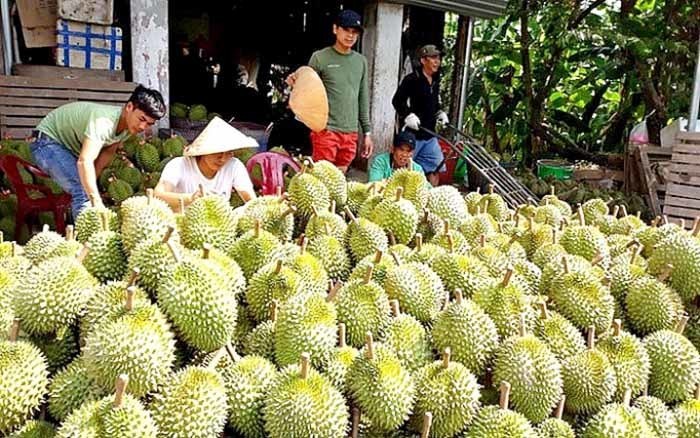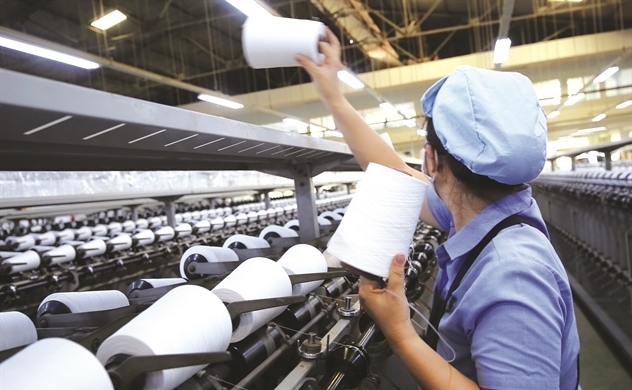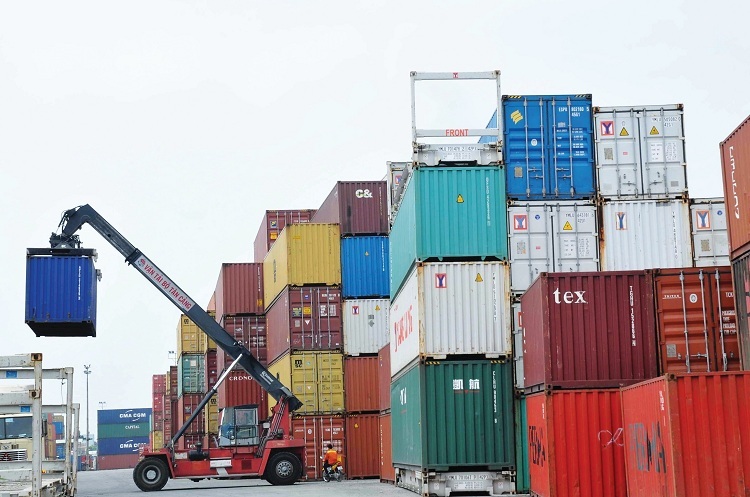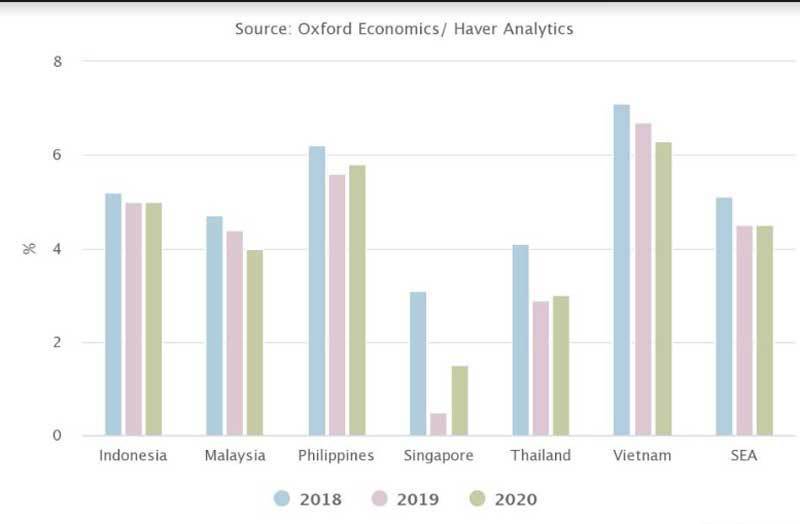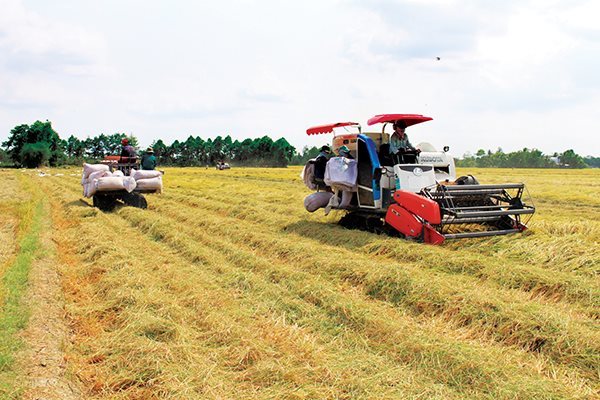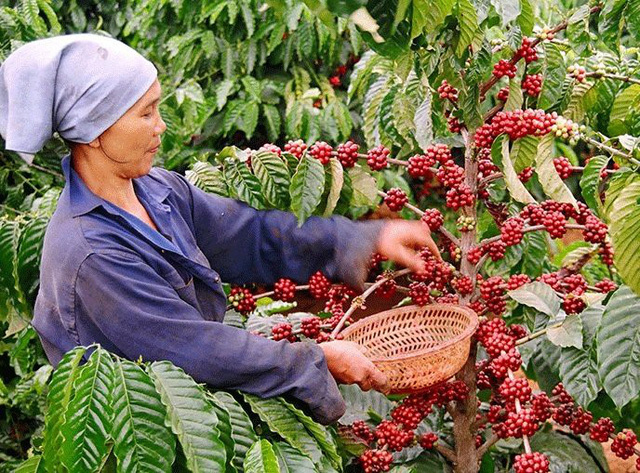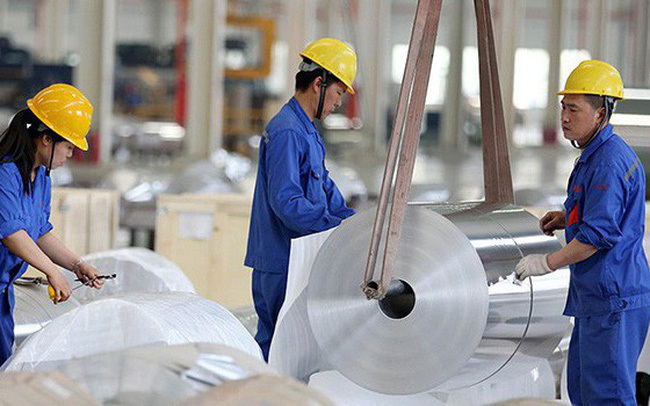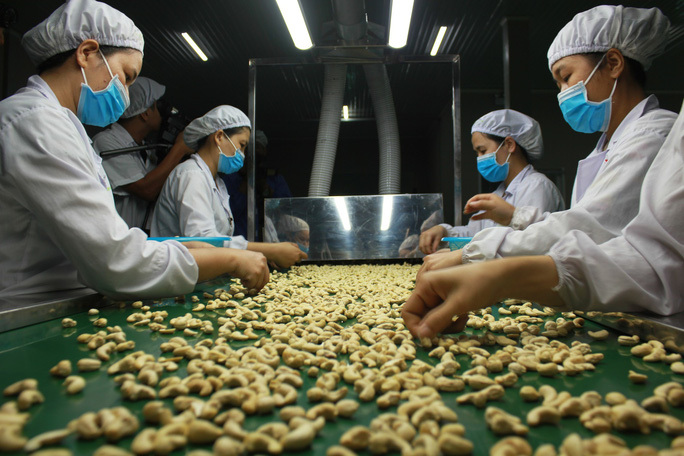- © Copyright of Vietnamnet Global.
- Tel: 024 3772 7988 Fax: (024) 37722734
- Email: evnn@vietnamnet.vn
export turnover
Update news export turnover
Textile and garment companies need more orders for 2020
 The number of orders that textile and garment companies have received for 2020 is just equal to 80 percent of that in the same period last year.
The number of orders that textile and garment companies have received for 2020 is just equal to 80 percent of that in the same period last year.
Vietnam targets US$4 billion from cashew exports in 2020
 Vietnam’s cashew sector aims to earn 4 billion USD in export turnover in 2020.
Vietnam’s cashew sector aims to earn 4 billion USD in export turnover in 2020.
Coffee sector targets $6 billion in export turnover in 2020
 With the Vietnamese coffee industry currently exporting to 80 countries and territories globally, the sector has already stated its ambitions to reach an export turnover of 6 billion USD in 2020.
With the Vietnamese coffee industry currently exporting to 80 countries and territories globally, the sector has already stated its ambitions to reach an export turnover of 6 billion USD in 2020.
China tightens control over farm imports, Vietnamese farmers suffer
 Prices of Vietnamese fruit such as dragon fruit, durian, passion fruit, and jackfruit have fallen sharply as a result of the new Chinese policy on tightening control over farm imports.
Prices of Vietnamese fruit such as dragon fruit, durian, passion fruit, and jackfruit have fallen sharply as a result of the new Chinese policy on tightening control over farm imports.
VN textile and garment industry may fail to reach $40 billion target
 The target of exporting $40 billion worth of textiles and garments this year may be unattainable.
The target of exporting $40 billion worth of textiles and garments this year may be unattainable.
Vietnam's catfish export price drops
 The catfish price has been decreasing sharply this year after two years of staying at high levels.
The catfish price has been decreasing sharply this year after two years of staying at high levels.
Vietnam’s catfish now has to compete fiercely in world market
 Vietnam is no longer the only catfish producer and exporter in the world and now has to compete with many rivals, including Indonesia, India and China.
Vietnam is no longer the only catfish producer and exporter in the world and now has to compete with many rivals, including Indonesia, India and China.
FIEs still dominate Vietnam’s exports
 Vietnam’s import and export value has exceeded $400 billion and is moving towards the $500 billion threshold.
Vietnam’s import and export value has exceeded $400 billion and is moving towards the $500 billion threshold.
VN Government cautious when setting export growth target in 2020
 Vietnam expects to see spectacular export growth rate in 2019 despite influences from the US-China trade war, but the government has decided to maintain the same export target for 2020.
Vietnam expects to see spectacular export growth rate in 2019 despite influences from the US-China trade war, but the government has decided to maintain the same export target for 2020.
Vietnam strives to boost exports to ASEAN
 Though ASEAN is an open market for Vietnam, it has not been easy to export products to the large market.
Though ASEAN is an open market for Vietnam, it has not been easy to export products to the large market.
Vietnam export growth brings risk of charge of currency manipulation
 Increasing exports to the US, Vietnam is a step closer to the risk of alleged monetary manipulation as US President Trump tries to reach a trade agreement with China at a negotiation round this October.
Increasing exports to the US, Vietnam is a step closer to the risk of alleged monetary manipulation as US President Trump tries to reach a trade agreement with China at a negotiation round this October.
Vietnam's exports to US soar, but risks exist
 With a growth rate of 34 percent, or $10.9 billion, Vietnam has jumped from 12th to 7th among the leading suppliers to the US market.
With a growth rate of 34 percent, or $10.9 billion, Vietnam has jumped from 12th to 7th among the leading suppliers to the US market.
Vietnam’s GDP growing well despite global tensions
 Vietnam is predicted to obtain the highest GDP growth rate in the region, but it is exposed to risks from the effects of global economic tensions.
Vietnam is predicted to obtain the highest GDP growth rate in the region, but it is exposed to risks from the effects of global economic tensions.
Vietnam’s rice exports to Philippines up, but farmers aren’t happy
 Rice exports to the Philippines have increased sharply as the country has lifted quotas since the beginning of the year. However, Vietnamese farmers have not received big benefits.
Rice exports to the Philippines have increased sharply as the country has lifted quotas since the beginning of the year. However, Vietnamese farmers have not received big benefits.
Vietnam cannot earn big money from its coffee exports
 Vietnam, the second biggest coffee exporter in the world, is experiencing tough days as the export volume has fallen and export prices are among the lowest in the world.
Vietnam, the second biggest coffee exporter in the world, is experiencing tough days as the export volume has fallen and export prices are among the lowest in the world.
Vietnamese manufacturers not afraid of cheap Chinese products
 One of the biggest risks posed by the US-China trade war is the flood of cheap Chinese products into Vietnam.
One of the biggest risks posed by the US-China trade war is the flood of cheap Chinese products into Vietnam.
Devaluing VND will do more harm than good: economists
 Chinese FDI is rushing into Vietnam, bringing huge capital. However, Vietnam has been told to be careful about using this capital.
Chinese FDI is rushing into Vietnam, bringing huge capital. However, Vietnam has been told to be careful about using this capital.
How will the US-China currency deal affect Vietnam’s exports?
 Businesses are optimistic about the prospects of the two largest export markets, the US and China, after the Chinese yuan for the first time fell from the ‘red line’ since 2008 to 6,9225 yuan per dollar.
Businesses are optimistic about the prospects of the two largest export markets, the US and China, after the Chinese yuan for the first time fell from the ‘red line’ since 2008 to 6,9225 yuan per dollar.
US-China trade war brings great opportunities, challenges
 Asked about influence of the US-China trade war on their business performance, Vietnamese enterprises said they can see opportunities, but find it difficult to grab them.
Asked about influence of the US-China trade war on their business performance, Vietnamese enterprises said they can see opportunities, but find it difficult to grab them.
Vietnam acts with composure amid yuan devaluation
 Since China is Vietnam’s biggest trade partner, the sharp yuan devaluation will affect Vietnam’s imports and exports with China.
Since China is Vietnam’s biggest trade partner, the sharp yuan devaluation will affect Vietnam’s imports and exports with China.



